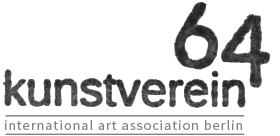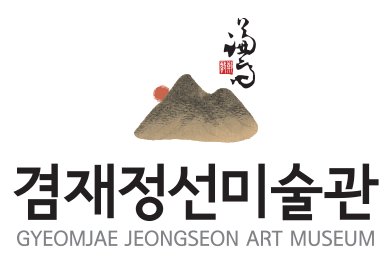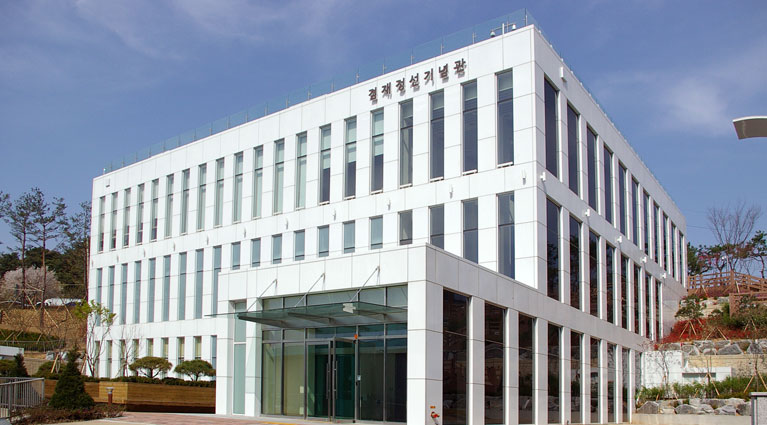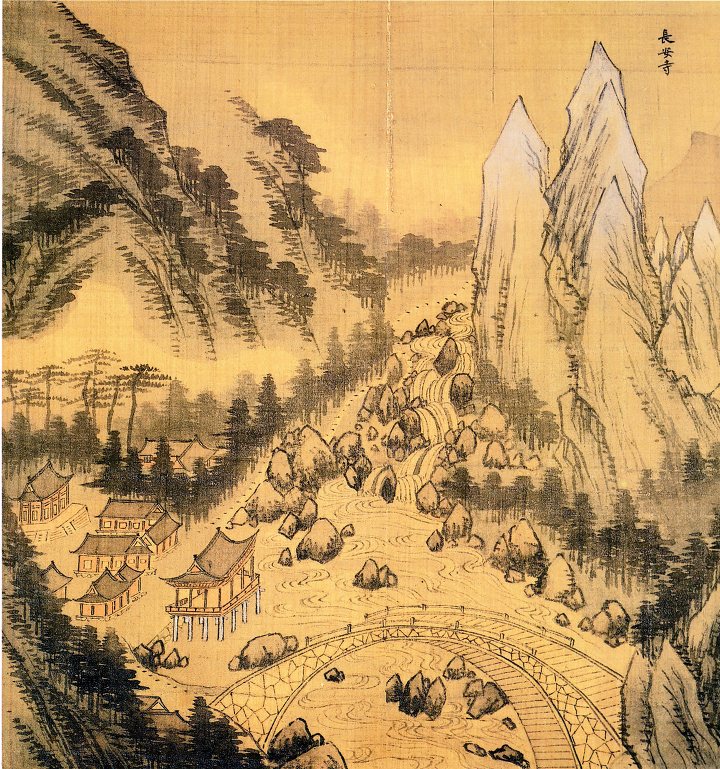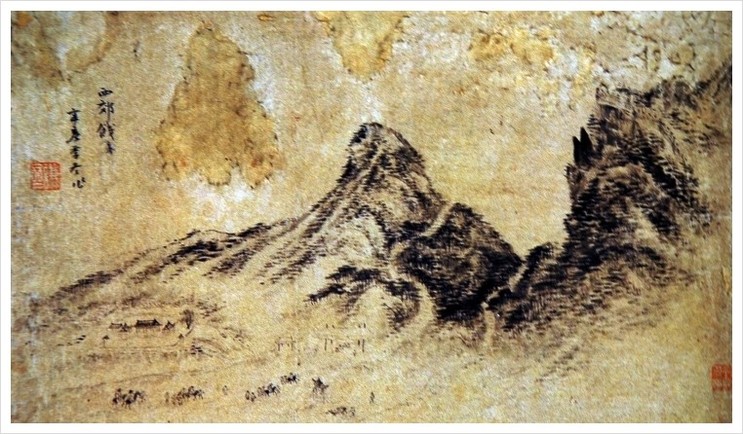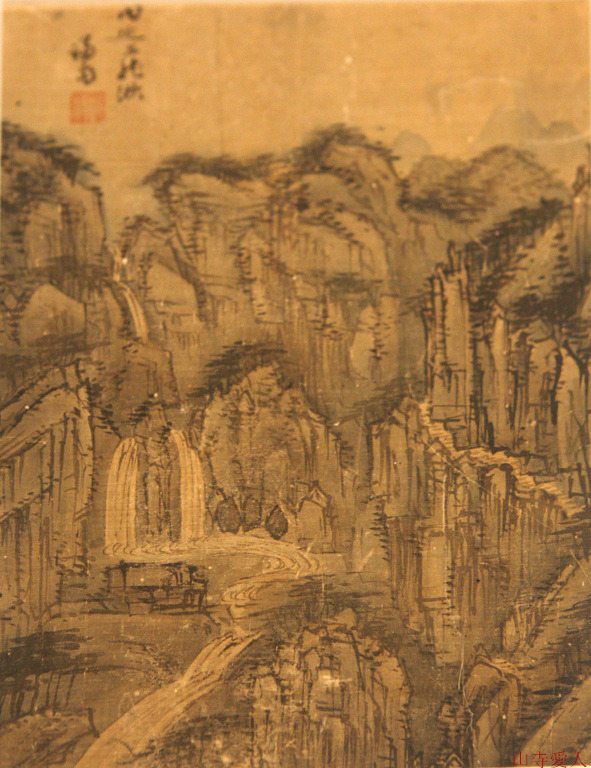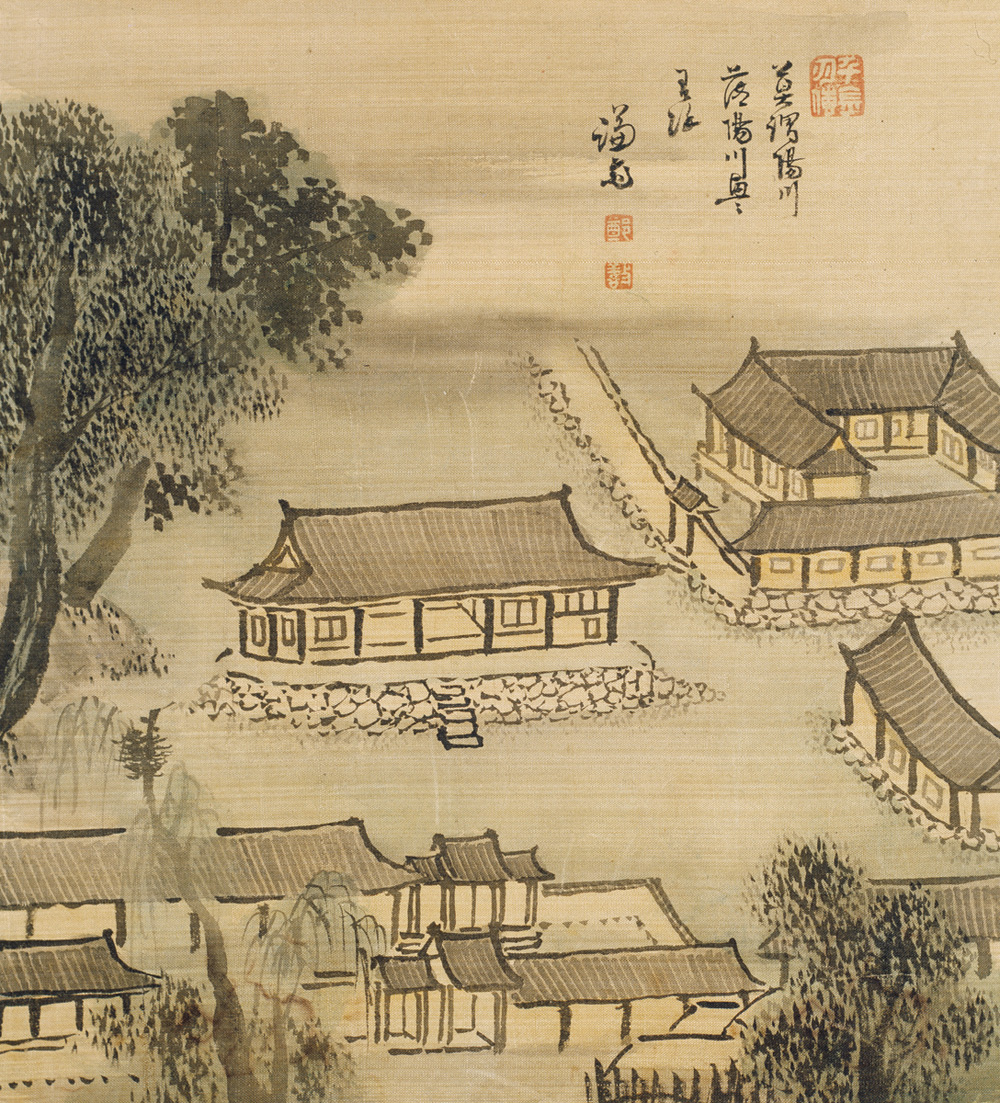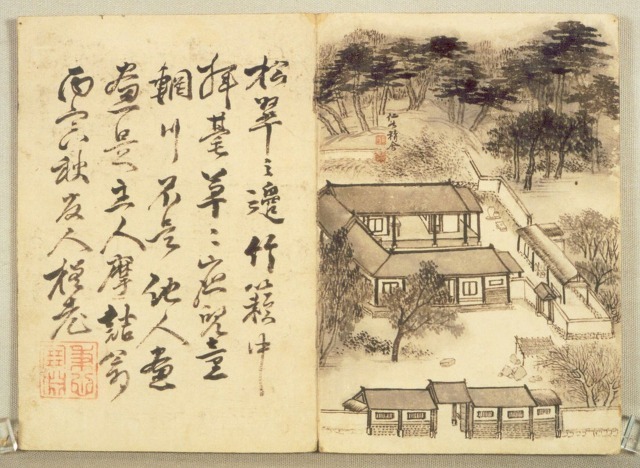Gyeomjae Jeong Seon Art Museum | 겸재정선미술관
Address: Gyeomjae Jeong Seon Memorial Museum, 36 Yangcheonro 47 Gil, Gangseo-gu, Seoul 157-800
Gyeomjae Jeong Seon is one of the major painters of the late Joseon Period, who erfected true-view painting by breaking from the idealized Southern School painting tradition. When his artistic achievement was at peak, the painter served as hyeollyeong of Yangcheon (present-day Gangseo-gu) where he created numerous masterpieces.
Gyeomjae Jeong Seon Art Museum was established to commemorate the great painter and to preserve and promote Jingyeong culture. It is located near the site of Yangcheon hyeona in present-day Gayang-dong, Gangseo-gu in April 2009.
The museum intends to be a center of Gyeomjae Jeong Seon studies. In connection with Heo Jun Museum, Yangcheon Hyanggyo, and Yangcheon Goseongji, Gyeomjae Jeong Seon Art Museum will serve the Gangseo-gu area as an institution for local history education as well as a tourist attraction.
Life and Art of Gyeomjae Jeong Seon
◉ Birth and Youth (1676-1712)
Jeong Seon, the master of true-view landscape painting (jingyeong sansuhwa, 眞景山水畵), was born in Cheongun-dong, located between Mount Bugak and Mount Inwang. Although he was born into a noble literati family he followed his inherent talent for art, devoting himself to painting and calligraphy. His pursuit of an artistic career was indebted to his profound appreciation of true-view poetry by Kim Changheup, who also resided in the area. Jeong Seon’s neighborhood near Mount Bugak and Mount Inwang was not only the center of literati culture in Seoul but also renowned for its beautiful scenery. Raised in this atmosphere, Jeong Seon developed an eye to appreciate the beauty of the natural environment of Korea.
◉ Jeong Seon Gains Renown as a Painter (1712-1721)
Jeong Seon began to enjoy fame as a painter when his Haeak Jeonsincheop (海嶽傳神帖) gained a reputation among men of letters. This album was based on the painter’s travel to Mount Geumgang with Yi Byeongyeon in 1712. Haeak Jeonsincheop is now lost but Sinmyonyeon Pungakdocheop (辛卯年楓嶽圖帖) of 1711 shows his style of the period.
Jeong Seon, Geumgangnaesan Chongdo and Jangansa in Sinmyonyeon Pungakdocheop, 1711. Watercolor on silk, approximately 36×37.4cm (each), National Museum of Korea.
◉ Establishment of Korean True-View Landscape Painting (1721-1735)
Jeong Seon held local government posts such as Gyeongsang-do Hayang hyeongam (縣監) in his late forties and Cheongha hyeongam in his late fifties. These positions offered him opportunities to travel extensively throughout Gyeongsang and Chungcheong provinces, where he freely depicted local landscapes.
1)Hayang hyeongam period (1721-1726)
Jeong Seon, Ssangdojeong Pavilion. Watercolor on Silk, 34.7×26.3cm, private collection
2) Inwanggok Period (1) (1727-1733)
Jeong Seon, Parting at Seogyo, 1731. Ink on paper, 26.9×47cm, National Museum of Korea.
3) Cheongha hyeongam period (1733-1735)
Jeong Seon, Samyongchu Waterfalls on Mount Naeyeon. Watercolor on paper, 159.8×56.2cm, Leeum.
◉ Years of Full Maturity (1735-1745)
On his mother’s death, Jeong Seon returned to his Inwanggok house after two years of service as Cheongha hyeongam. He traveled extensively and produced Album of Paintings of the Scenic Spots in Gwandong. Paintings of this period demonstrate Jeong Seon’s mastery of the free, grand style typical of his true-view paintings.
In his late sixties, Jeong Seon served as hyeollyeong (懸鈴) in Yangcheon, a riverside district in Seoul. There he often rendered the local landscape in a smooth, lyrical style. In his true-view paintings he combined the delicacy and poetry of these riverside scenes with the majesty of his earlier mountain paintings.
1) Inwanggok Period (2) (1735-1740)
Jeong Seon, Ingok Yugeo in Album of Paintings of Scenic Spots near Seoul. Watercolor on paper, 27.4×27.4cm, Gansong Art Museum.
2) Yangcheon Hyeollyeong Period (1740-1745)
Jeong Seon, Yangcheon Hyeona in Album of Paintings of Scenic Spots near Seoul. Watercolor on silk, 29×26.5cm, Gansong Art Museum.
◉ Late Years of the Master (1745-1759)
Jeong Seon’s painting style of his later years, after the age of seventy, can be characterized by bold, unfettered brushwork. Many of the works of this period feature idiosyncratic composition and abstracted figuration, which can almost be seen as unfinished.
The painter led a life devoted to art. In everyday life, he was modest and gentle, just as his pen name Gyeomjae indicates—the character “gyeom (謙, modesty)” was taken from one of the 64 hexagrams in I-Ching. The painter’s final years were honorable: he was elevated to the junior grade of the second rank at the royal court when he reached 80. Jeong Seon died on the 24th day of the third month in 1759, at the age of 83.
1) Unrestricted Brushwork and Bold Composition
Jeong Seon, Clearing after Rain on Mount Inwang, 1751. Ink on paper, 79.2×138.2cm, Leeum, National Treasure No. 216.
(This masterpiece shows the essence of Jeong Seon’s treatment of ink which he studied throughout his life.)
2) Inwanggok Period (3)
Jeong Seon, Ingokjeongsa in Paintings Attached to the Calligraphy Album of Scholars Yi Hwang and Song Siyeol, 1746. Ink on paper, 32.3x22cm, private collection, Treasure No. 585.
* Beautiful Scenery of Gangseo
When Jeong Seon held office as Yangcheon hyeollyeong, he painted the beautiful scenery of Gangseo region in his Album of Paintings of Scenic Spots near Seoul (1740-41) and Album of Paintings of Eight Scenes in Yangcheon (ca. 1742). Gangseo region was famous for its splendid scenery with Han River in the background. For this reason upper class literati enjoyed sightseeing and built villas in this area.
◉ Seoul and the Han River
Most of Jeong Seon’s landscapes of Seoul and the Han River are those of Mount Bugak and Mount Inwang, in the vicinity of his birthplace.
◉ Mount Geumgang
The most frequent subject in Jeong Seon’s true-view paintings is Mount Geumgang. The mountain is comprised of three parts. With the Taebaek mountain range in the center, it is divided into Naegeumgang (Inner Geumgang) in the west, Oegeumgang (Outer Geumgang) in the east, and Hae-geumgang (Costal Geumgang). In his Geumgang Jeondo (金剛全圖), Jeong Seon depicted an overview of Naegeumgang, the area that a traveler from Hanyang (present-day Seoul) would see first.
◉ Other Places in Korea
Throughout his career, Jeong Seon traveled extensively in all eight provinces of Joseon. However, works representing the landscapes of Honam region (present-day Jeolla Province) and Jeju Island are yet to be discovered.
Chronology
| 1676 (Sukjong 2) | Born in Yurandong (present-day Cheongun-dong), Sunhwabang in north Hanseongbu on the third day of the first month. His family originated from Gwangju (光州). Style names (字) Weonbaek (元伯), Choho (初號), and Nangok (蘭谷). | |
| 1689 (Sukjong 15) | Death of his father Jeong Siik (鄭時翊). | |
| 1699 (Sukjong 25) | Married Lady Song from Yeonan (延安). | |
| 1704 (Sukjong 30) | Birth of his first son Mangyo (萬僑). | |
| 1710 (Sukjong 36) | Birth of his second son Mansu (萬遂). | |
| 1711 (Sukjong 37) | Painted Sinmyonyeon Pungakdocheop (National Museum of Korea) | |
| 1712 (Sukjong 38)
|
When Yi Byeongyeon held office as Geumhwa hyeongam, he invited his father, his elder brother, and Jeong Seon to travel in Mount Geumgang in the eighth month. Jeong Seon painted Haeak Jeonsincheop (lost) based on this trip and gained renown. | |
| 1714 (Sukjong 40) | Gained his first government position | |
| 1716 (Sukjong 42)
|
Appointed as a professor at Gwansanggam (觀象監) in the third month.
Painted Banquet Commemorating the Sixtieth Anniversary of Passing the State Examination (private collection). |
|
| 1718 (Sukjong 44) | Appointed as byeolje (別提) of Jojiseo (造紙署) in the sixth month. | |
| 1719 (Sukjong 45)
|
Painted Album of Landscapes of the Four Seasons (Horim Museum) in the residence of Yi Hagon (李夏坤) in the tenth month. Yi Hagon wrote the inscription. | |
| 1720 (Sukjong 46) | Appointed as gamchal (監察) of Saheonbu (司憲府) in the second month. | |
| 1721 (Gyeongjong 1) | Appointed as hyeongam of Hayang (present-day Daegu) in the first month. | |
| 1723 (Gyeongjong 3) | Painted View of Mangcheon for Kim Gwangsu (金光遂). | |
| 1725 (Yeongjo 1)
|
While serving as Hayang hyeongam, Jeong Seon painted Yeongnamcheop, Guhakcheop, and Ssangdojeong Pavilion (private collection). | |
| 1726 (Yeongjo 2) | Returned to Seoul when his term as Hayang hyeongam ended in the ninth month. | |
| 1728 (Yeongjo 4) | Appointed as jubu (主簿) of Hanseongbu (漢城府) in the twelfth month. | |
| 1729 (Yeongjo 5)
|
Promoted to euigeumbudosa (義禁府都事).
Painted View of State Tribunal Office (private collection) |
|
| 1730 (Yeongjo 6) | Painted View of the Capital from Seobinggo (Leeum). | |
| 1731 (Yeongjo 7)
|
Painted Cheonnyeon Songjido for Yi Byeongyeon’s sixtieth birthday in the fourth month.
Painted Parting at Seogyo (National Museum of Korea) on the occasion of Yi Chunje’s departure for China in the twelfth month. |
|
| 1732 (Yeongjo 8)
|
Sim Sajeong (沈師正) studied landscape painting under Jeong Seon
Painted Hwangnyeoho (private collection) in the seventh month. |
|
| 1733 (Yeongjo 9)
|
Appointed as hyeongam of Cheongha (present-day Pohang) in the sixth month.
Executed Town of Cheongha (Gyeomjae Jeong Seon Memorial Museum). |
|
| 1734 (Yeongjo 10)
|
Inscribed “甲寅秋鄭敾 (In the Fall of Gabin Year, Jeong Seon)“ on a rock above the waterfall in Yongchu Valley in Mount Naeyeon.
Painted Samyongchu Waterfalls on Mount Nayeon (National Museum of Korea and Leeum). |
|
| 1735 (Yeongjo 11)
|
Resigned from Cheongha hyeongam on the occasion of the death of his mother, Lady Park, in the fifth month.
Birth of his second grandson Hwang (榥). |
|
| 1737 (Yeongjo 13)
|
After the mourning period for his mother ended, he traveled in Cheongpung, Danyang, Yeongchun, and Yeongweol. Based on this travel, he painted Saguncheop (lost) and gave it to Yi Byeongyeon. | |
| 1738 (Yeongjo 14)
|
In fall, he painted Album of Paintings of the Scenic Spots in Gwandong (Gansong Art Museum) for Choi Yeongsuk.
Painted Jeongjayeondo (Gansong Art Museum). |
|
| 1739 (Yeongjo 15)
|
Painted Okdongcheokgangdo (private collection) on the occasion of a poetry gathering in Yi Chunje’s Ongnyudong estate in the fourth month.
Appointed as busagwa (副司果) in the fifth month. Painted Cheongpunggye Valley (Gansong Art Museum) and Yuksangmyo Shrine (private collection). |
|
| 1740 (Yeongjo 16)
|
Painted Seoweon Sojeongdo and Complete View of Hanyang (private collection) on the occasion of a literary gathering with Yi Byeongyeon and Jo Hyeonmyeong in Yi Chunje’s academy in the sixth month.
In the twelfth month, he was transferred from Nangcheong at Hullyeondogam to Yangcheon hyeollyeong (served until the first month of 1745) |
|
| 1741 (Yeongjo 17)
|
Exchanged poems and paintings with Yi Byeongyeon, and completed Album of Paintings of Scenic Spots near Seoul (1740-41, Gansong Art Museum) in spring. | |
| 1742 (Yeongjo 18)
|
Painted Yeongang Imsulcheop (private collection) on the occasion of a boating with Hong Gyeongbo and Shin Yuhan. | |
| 1744 (Yeongjo 20) | Ma Seongnin began to study painting under Jeong Seon. | |
| 1745 (Yeongjo 21)
|
Returned to Inwanggok residence after the term for Yangcheon hyeollyeong ended in the first month.
Executed Album of Paintings of the Eight Views in Jangdong (National Museum of Korea). |
|
| 1746 (Yeongjo 22)
|
Painted Gyesangjeonggeo, Mubongsanjung, Punggyeyutaek, and Ingokjeongsa in Paintings Attached to the Calligraphy Album of Scholars Yi Hwang and Song Siyeol. | |
| 1747 (Yeongjo 23) | Traveled in Mount Geumgang in spring and painted 21 landscapes for Haeak Jeonsincheop (Gansong Art Museum). | |
| 1748 (Yeongjo 24) | Appointed as wisu in the seventh month. | |
| 1749 (Yeongjo 25) | Painted Album to Sigong Tu’s Poems (National Museum of Korea). | |
| 1751 (Yeongjo 27)
|
Death of Yi Byeongyeon in the fifth month.
Painted Clearing after Rain on Mount Inwang (Leeum). |
|
| 1752 (Yeongjo 28) | Appointed as Jangheunggo jubu in the eleventh month. | |
| 1753 (Yeongjo 29) | Appointed as Heonneungnyeong in the ninth month. | |
| 1754 (Yeongjo 30) | Promoted to cheomjeong of Saongweon Sadosi in the second month. | |
| 1755 (Yeongjo 31) | Promoted to cheomji jungchubusa on the occasion of royal festivities. | |
| 1756 (Yeongjo 32) | Promoted to gaseondaebu dongjijungchubusa on the occasion of the seventieth birthday of the queen dowager. | |
| 1757 (Yeongjo 33) | Painted Cheongsongdang Pavilion (National Museum of Korea). | |
| 1759 (Yeongjo 35) | Jeong Seon died in the third month, at the age of eighty three. |
